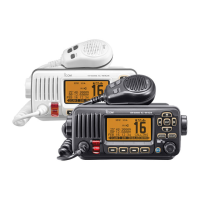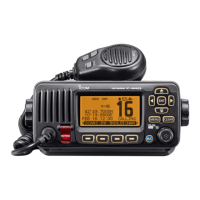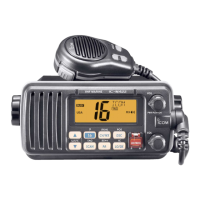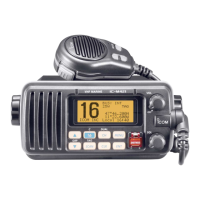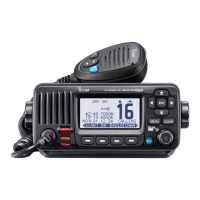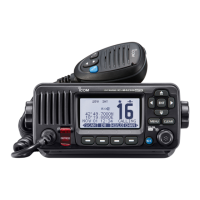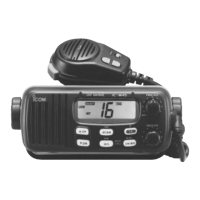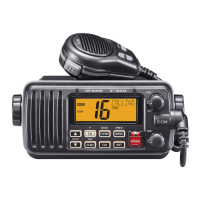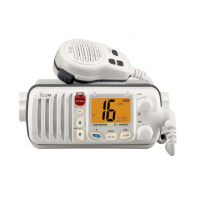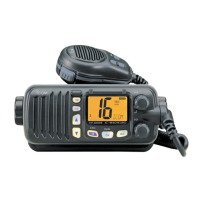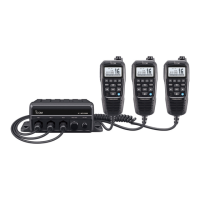What to do if there is no sound from Icom ic-m424g Transceiver speaker?
- TtglassAug 19, 2025
If little or no sound comes from the Icom Transceiver speaker, there could be several reasons: * The squelch level might be set too high. Try setting the squelch to the threshold point. * The volume level may be too low. Increase the volume to a suitable level. * The speaker might have been exposed to water. Use the AquaQuake function to remove the water.


